What Happens if You accidentally rubbed face after Botox? Here’s Everything You Need to Know
Accidentally Rubbed Face After Botox, Botox has been a popular cosmetic procedure that most people go through to have fewer wrinkles and to look years younger. But, even then, there are some protocols to adhere to after a patient has received Botox injections to make sure it works well. An often concern is the impact of Botox if you inadvertently massage your face. This blog post Aims to bring you up to speed on the subject, detailing what can happen, why you need to stop touching your face, and what you can do if you end up making this mistake.
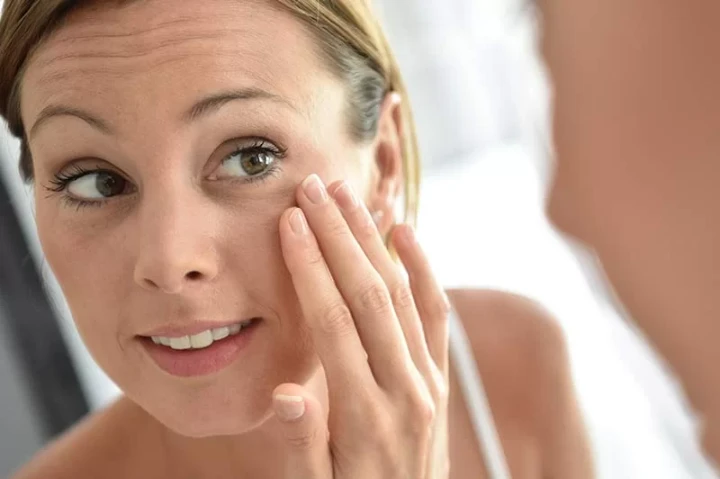
What is Botox?
Botox: It is a neurotoxin derived from Clostridium botulinum. It blocks acetylcholine from being released, a neurotransmitter that signals muscle movement, causing temporary muscle paralysis. This helps to disguise fine lines and wrinkles for smoother-looking skin.

Why Rubbing Your Face Matters
It takes time for the Botox to settle in the muscles when you get Botox injections. Touching your face right after the procedure can make the Botox get into unwanted places, resulting in poor results or complications.
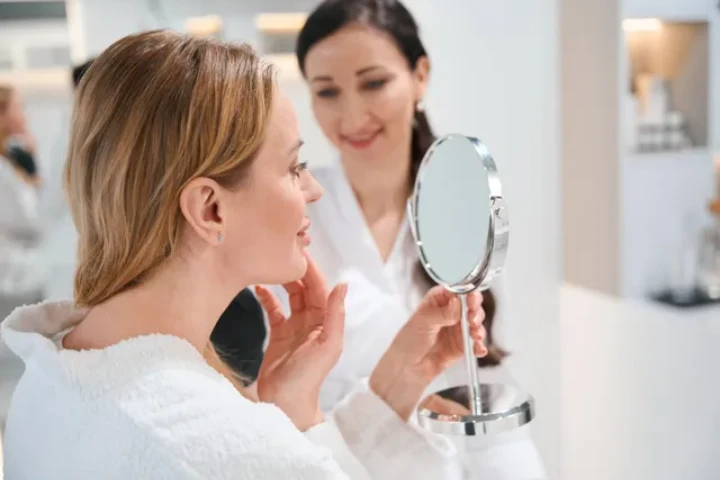
Understanding the Injection Process
The way Botox works is by injecting a fine needle into very specific facial muscles. This process is so precise that the induced effects are localized only to the target areas. Every external pressure (such as friction) disrupts it as it is a delicate balance.
How Long Should You Wait?
After the injection, professionals generally advise you not to touch your face for at least 24 hours. This ensures that the Botox is fully absorbed by the muscle tissues and allows the desired effects to happen not risking displacement.
Immediate Effects of Rubbing
What Could Happen?
If you touch your face even just by accident after Botox, you may instantly face some changes. These could include:
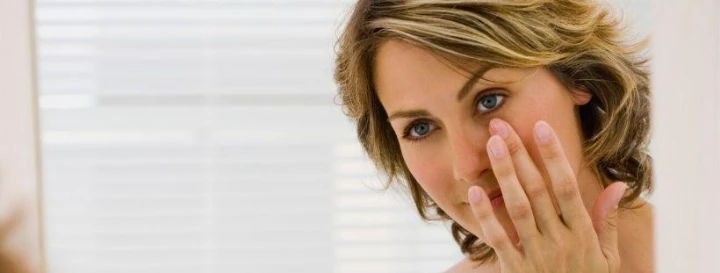
- Redness and Irritation: Injection site areas are sensitive and cannot be rubbed during the day as this will cause redness/irritation. This is because the skin is already somewhat attacked by the needle, and additional friction can worsen the case.
- Swelling: The rubbing can cause pressure to the area so it leads to swelling that may look a bit puffy. In addition, swelling can increase the stiffness and soreness after Botox administration whereas it can affect the duration of recovery.
- Bruising: If you apply pressure to the injected area, there is a greater likelihood of swelling. Bruising happens when small surface blood vessels are damaged, leaving telltale marks that can take days to weeks to disappear completely.
Short-Term Complications
Short-term issues are usually mild but can still be quite painful. The great news is they typically go away within a few days. But, it still is important to keep an eye on things and reach out to your healthcare professional if it sticks around.
Long-Term Consequences
Uneven Results
Uneven results are one of the several risks of rubbing your face after Botox. This misplaced botox can migrate into nearby muscles and distort one side of the face from the other.
Drooping Eyelids
This can be a rather unusual complication. Botox may cause drooping of the eyelids (ptosis) if the Botox spreads to the nerves that control the muscles under the eyelids. The condition can last for weeks and may need additional treatments.
Delayed Onset of Effects
The metabolism of Botox to muscle tissues does not settle lightly on your face massaging risks. This can delay the time to achieve your results, leaving you frustrated.
What To Do If You’ve Rubbed Your Face
Immediate Steps
If you touch your face less than 24 hours after you have Botox, do not worry. Some Actions to be taken right away:
- Stay Calm: Freaking out does not help and can make circumstances just a lot harder. Now, take a breath, you are not going to ruin your gear with a single touch.
- Avoid Further Touching: Keep your hands off your face as much as you possibly can. This will prevent any further displacements of the Botox FALLING.
- Apply Cold Compress: In case you see any swelling, or redness, a cold compress assists in reducing these. Put a clean, cool cloth over the area for a few minutes.
- Monitor for Changes: Watch the treated area for the next few days. If you notice anything out of the ordinary, get in touch with your healthcare provider.
- Consult Your Practitioner: If you’re feeling certain concerns then don’t be afraid to get in touch with the doctor who did the Botox in your case. They can detail exactly what you need to do based on your case.
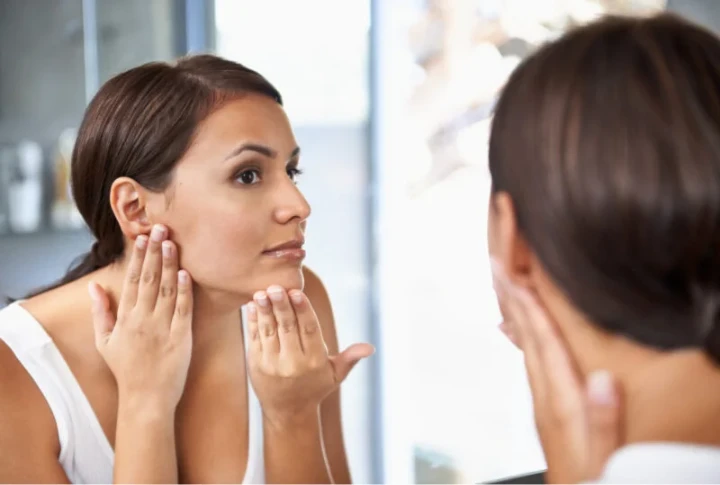
When to Contact Your Provider
And always consult your healthcare provider if you have serious symptoms or are worried about the test results. They can evaluate the condition and propose the appropriate course of action, including repeat treatments.
Preventative Measures
Post-Treatment Care
It is vital to a successful outcome and safety of the post-treatment to follow your provider’s post-treatment instructions. They are designed to assist with preventing difficulties and to ensure the procedure works as well as possible. Common recommendations include:
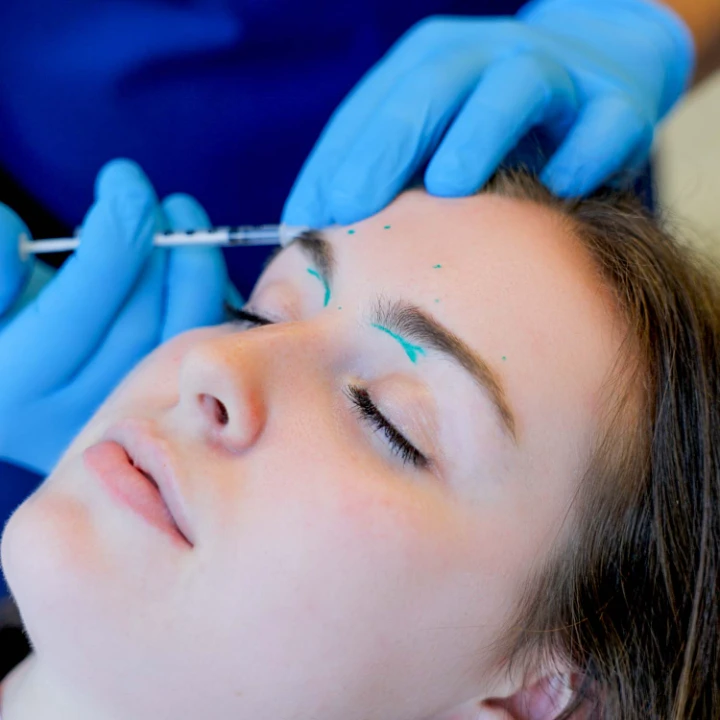
- Avoiding Physical Activity: Any heavy lifting, rigorous cardiovascular, or any heavy exercise to increase your heart rate can increase the blood flow to the region after treatment. This could potentially move Botox to the point where you are not going to see the effects. Specifically, it will be best to refrain from these activities for at least 24 hours after treatment.
- Staying Upright: After getting Botox, not laying down or bending over right away afterward can help to direct the Botox into the areas we just treated. Generally speaking, you should wreck up-standing at any rate for a beautiful responsive at any rate perhaps this would save the Botox where it should be in the muscles you are addressing.
- Avoiding Alcohol and Blood Thinners: Alcohol, certain blood-thinning drugs, and over-the-counter supplements can enhance the likelihood of bruising and swelling at the injection sites. To help mitigate these risks it is important to abstain from these substances for at least 24 hours prior to and post-treatment.
Setting Reminders
It can be easy to forget the rules listed below when you have a busy life, which is why reminders on your phone can be super helpful for maintaining post-treatment care. You could set alarms on your phone or have an on-the-go app to remind you how each process goes. This means making damn sure that you are not going to fall into a place that will detract from your results and progress.
Why Communication With Your Provider Is Key
Initial Consultation
Be sure to address any concerns or questions during your first consultation regarding the treatment. This will make you more confident and prepared to care for yourself after the procedure.
Follow-Up Appointments
Follow-up visits provide an opportunity for your healthcare provider to keep track of your progress and manage issues as they arise. Additionally, these visits are a great time to ask about post-treatment care for lasting results.
Community and Support
Joining Forums
Participation in online forums and communities gives more support and knowledge. These media platforms enable you to connect with people who have received the same treatment share your experience and learn from the real lives of people.
Reading Testimonials
Hearing testimonies from other patients about what to expect during the treatment process and afterward can give you some useful tips in preparing for the post-treatment lifecycle.
Preventing Accidental Face Rubbing
Follow Post-Care Instructions
You could simply follow the post-care stipulations that your dermatologist prescribes to inhibit accidental rubbing. Do not touch your face, lie down, or do anything too hard on your body for at least four hours after you get Botox done.
Set Reminders
Write notes in places throughout your living space or set up some other type of visual or auditory reminders for yourself to remember not to touch your face. If you’re a face-toucher, this could be especially useful.
Communicate with Your Aesthetician
Discuss any concerns or habits with your aesthetician prior to the procedure. These can provide more personalized guidance on preventing your face-rub faux pas.
How to Handle Potential Side Effects
Managing Redness and Swelling
If you experience redness or swelling from rubbing your face, place a cold compress in the area. This will help reduce inflammation and reduce any pain feeling.
Addressing Bruising
When Botox is injected, bruising is a common side effect To decrease the probability of bruising, do not drink any alcohol, take aspirin, or anticoagulants, or engage in vigorous activity for several days after the procedure.
Seeking Professional Help
For serious side effects e.g. drooping eyelids or asymmetric facial expressions visit your dermatologist immediately. This can be on the basis of starting treatments or recommendations to manage these concerns.
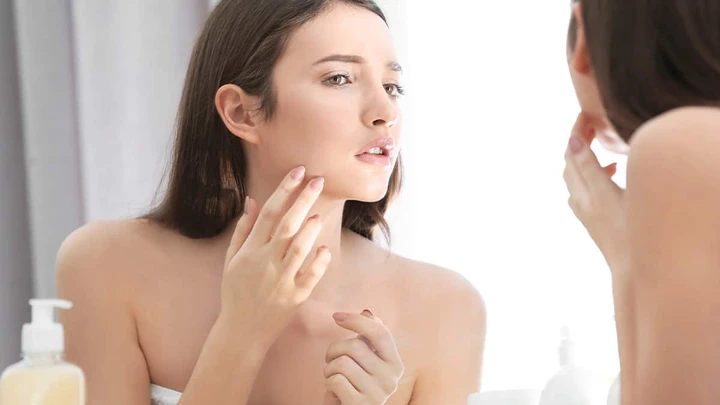
Conclusion
Rubbing your face by accident after having your Botox done can cause many troubles, some that are immediate, and some that last long. Simply follow your after-care instructions and speak with your healthcare provider to mitigate these risks and reap the rewards of your Botox hair treatment.
If you have any questions or need more information, ask your healthcare provider. Besides, to attain the best results, there is a powerful synergy between professional treatment and post-care.
Check Out These Additional Resources Fast facts about Botox To learn more about Botox, the cost, results, and the average ages at which their patients start treatments, access the entire study at the Journal of Dermatology.